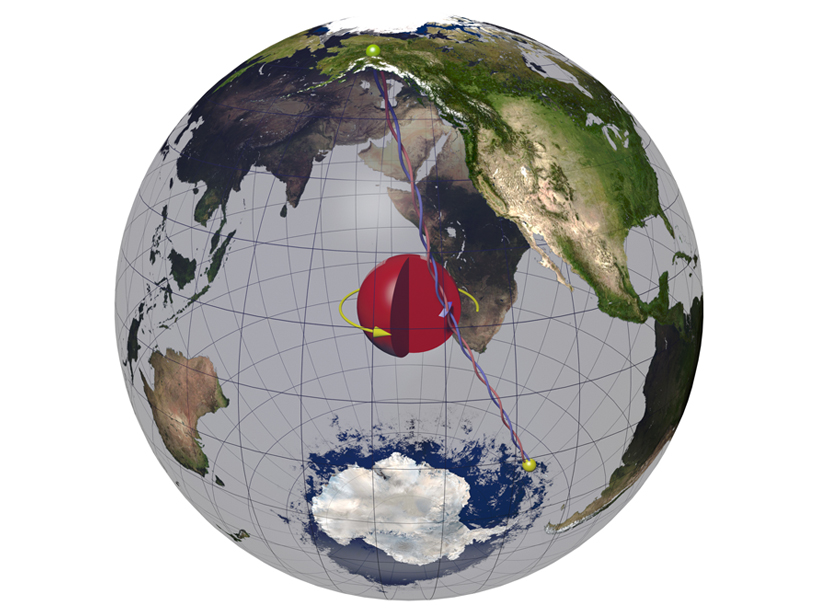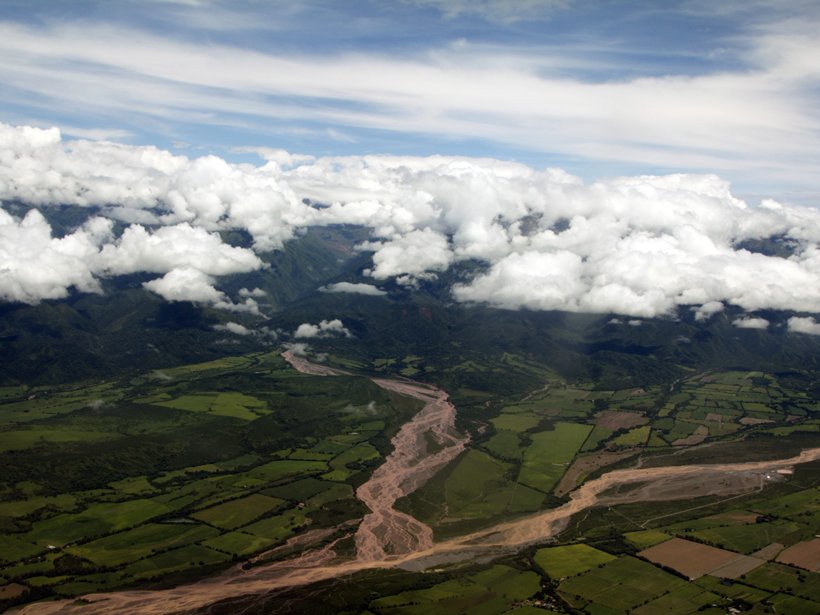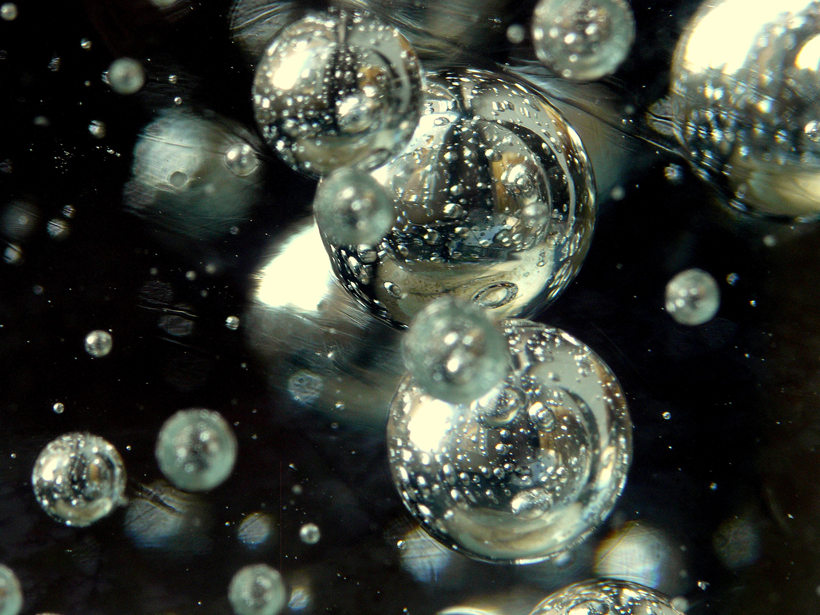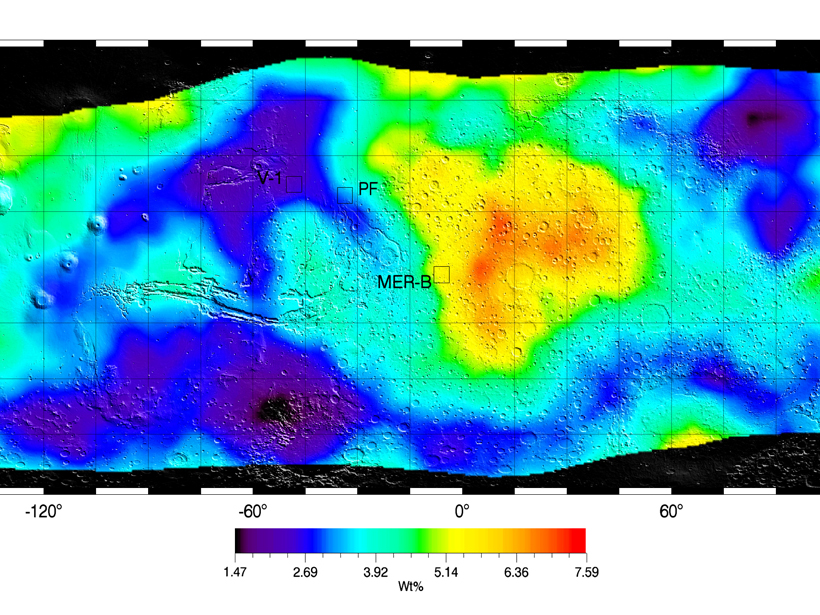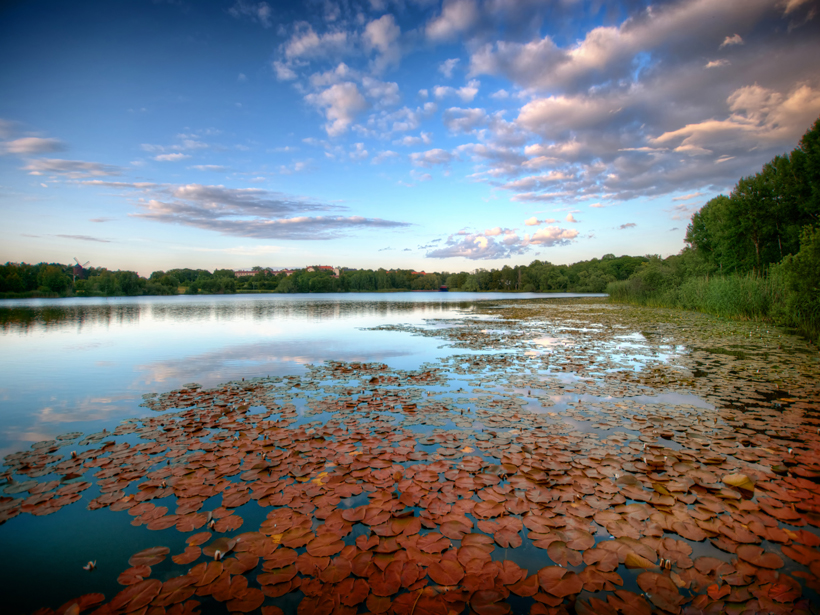A new study explores the possibility of cubic iron alloy structure at our planet's core.
S. Palus
What Causes Extreme Hail, Tornadoes, and Floods in South America?
A study of extreme weather in South America shows seasonal and spatial patterns, which, if better understood, could help save lives and minimize damage to property.
New Insights into the Formation of Old Norwegian Mountains
Researchers look to minerals in rocks from Norway's Western Gneiss Region to determine when the mountain-making period came to a close in the region.
Could Amazonian Deforestation Increase Cloudiness and Rain?
In trading trees for pastures, patchwork differences in vegetation heights increase cloudiness in downwind regions.
Humans Greatly Increase Mercury Levels in the Ocean
A study of the natural cycle of mercury reveals that humans are to blame for a five- to sixfold increase in the oceanic concentrations of the potentially toxic element.
Water Beneath the Surface of Mars, Bound Up in Sulfates
Researchers present maps of hydrogen and sulfur that hint at water locked in hydrous sulfates in Mars's southern hemispheric soil.
Dry Minerals in the Lower Mantle
Laboratory-made perovskite helps explain how water is distributed inside the Earth.
How Much Carbon Dioxide Does Sunlight Release from Lakes?
A study of more than 1000 lakes in Sweden helps model sunlight's ability to drive greenhouse gas emissions.
Radar Shows Where Water and Ice Occur in Large Storms
Storms over the Indian Ocean show that precipitation type depends on oceanic airflow.
Do Cities Cause Thundersnow?
Analysis of lightning within a February 2011 snowstorm reveals that 73% of lightning flashes occurred close to tall, human-built structures.

